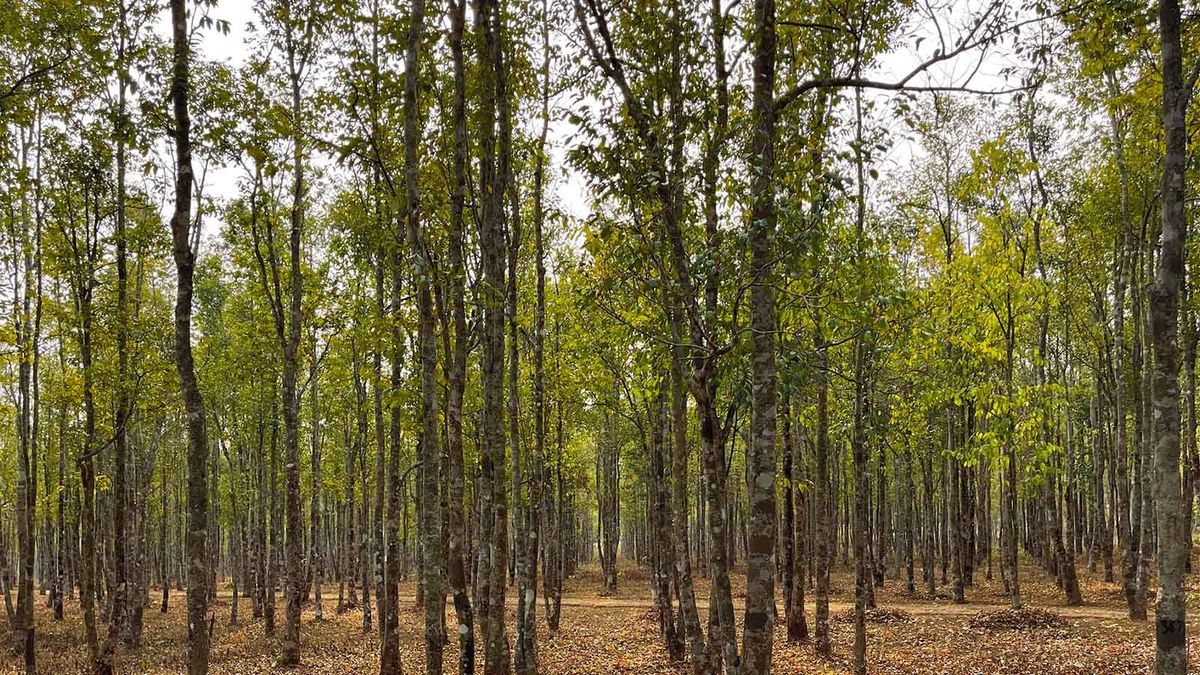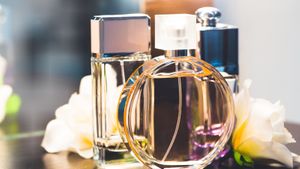Take a chip of agarwood, put it on burning charcoal and let it sear. The greyish fumes will grip you instantly. It doesn’t choke you but hits you with a strong and musky aroma. That’s oudh, the world’s most expensive fragrance, born out of a tree fungus. And the entire town of Hojai, in Assam, smells of it. About a month ago, I had the chance to witness perfumers ply their craft in the land of oudh.
Middle Eastern influences
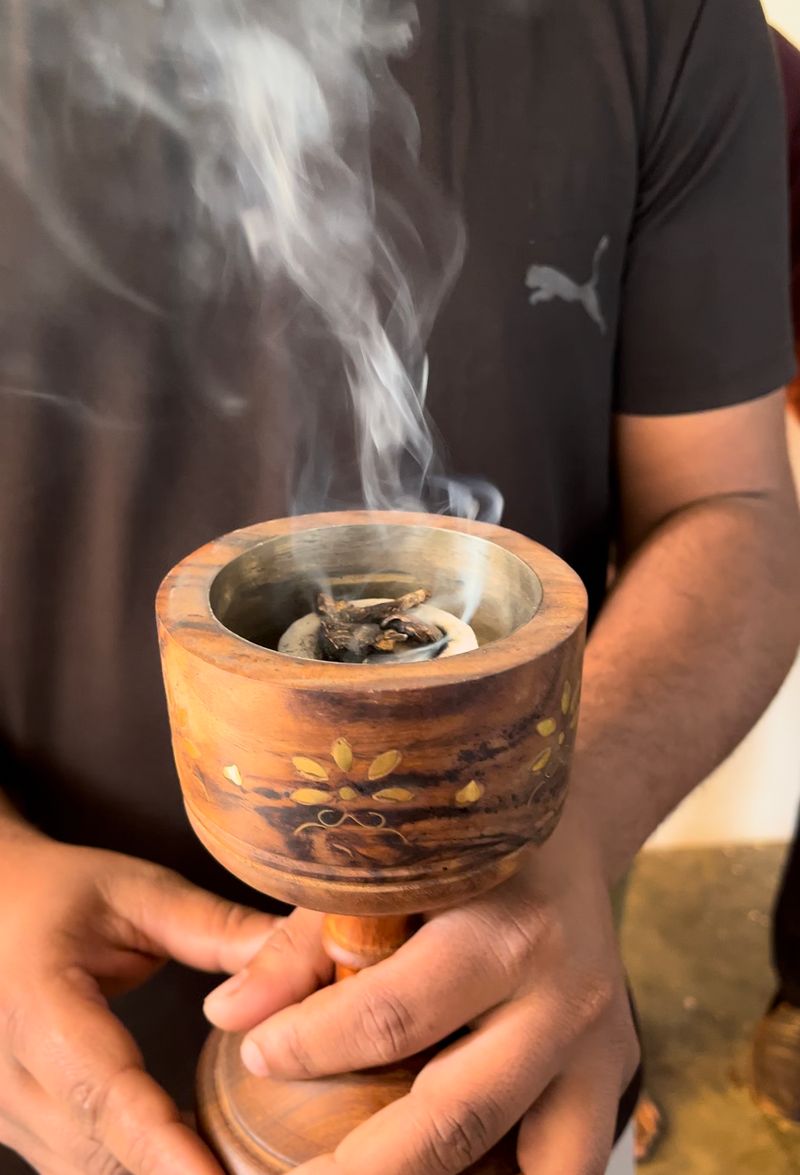
Old-world perfumery is art. It’s science as well, but mostly it’s enticing. Oudh is an integral part of that world, but it’s highly relevant in modern society as well. While Dubai Bling’s sprawling use of elite multi-national brands might have dazzled your eyes, oudh is still part of Arabic culture. Women of the royal families smoke their hair with it, while men smoke their kandura with it — wafting as they pass by, creating a beautiful smoky ambience around them.
“Oudh is often used to fragrance one’s home and more so in Arabic culture,” says Abdulla Ajmal, CEO of Ajmal Perfumes. People use it to keep their cupboards smelling fresh and for their clothes to have a fragrance. Oudh, however, isn’t confined to the Middle East. It has spread to the rest of the world but still, most identify it with Islamic culture. Abdulla clarifies, “People have taken it a little too far to make it a religious aspect but it has nothing to do with it.”
Globally, oudh oil has been used in a concoction for centuries. Some still find it overpowering, but the rest love it for its musky and animalic note enveloped in a warm fragrance. It lingers and demands attention from everyone around. That’s why even Tom Ford uses it in their formulations. “It’s actually Tom Ford that made oudh truly global in 2006,” informs Abdulla.
Back home, Kannauj, in Uttar Pradesh, has established itself as the perfume capital of India. But Hojai, a three-hour drive from Guwahati, isn’t talked about in the same breath. The town is the largest producer of the finest oudh, but is yet to get the recognition it deserves in the world of perfumery. When you walk or drive through the streets of Hojai, you cannot miss the aroma of oudh in the air. Courtesy, generations of perfumers who have been working their magic to make ‘liquid gold’ using time-tested distillation methods for over seven decades now.
The journey from farm to fragrance
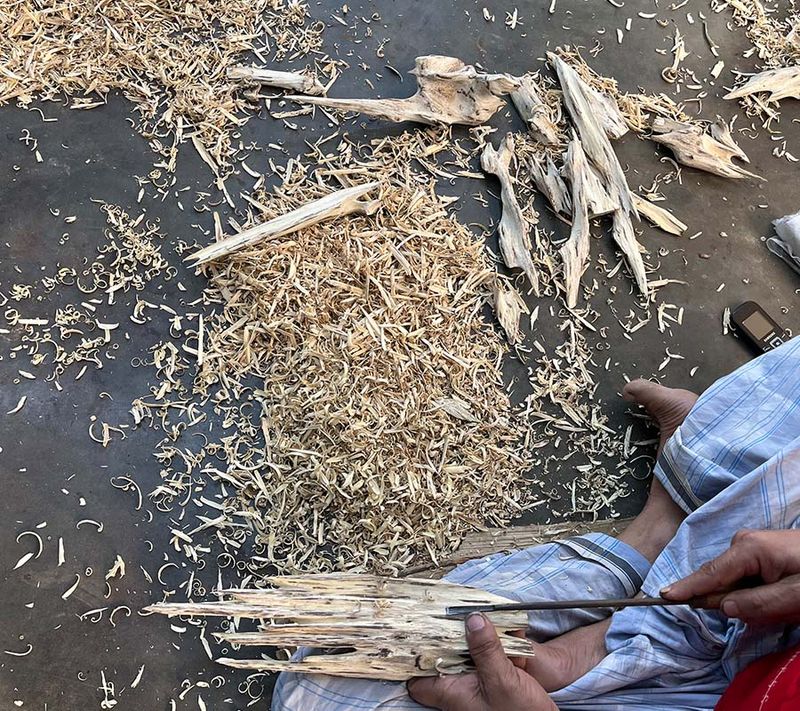
Back in the 1940s, the late Haji Ajmal Ali started with the intent to feed his family and provide a sustainable source of income to the natives of Hojai. Today, Ajmal Perfumes is one of the leading home-grown brands exemplifying the farm-to-fragrance concept. Abdulla shares, “Folklore was only selected, people can be successful in this and my grandfather was an expert in this.”

Sharing a deep link with nature, making oudh is an art. It’s extracted from agarwood trees — one of the rarest and most expensive trees in the world — that produce a dark resin to protect themselves from a mould infection or injury caused by the environment. Abdulla explains, “Agarwood starts developing the oudh in it after reaching the resin. Unlike other trees, such as rubber or mahogany, not every tree will yield something. When the injury happens, the fungus starts entering the injury. The tree wants to protect itself from the fungus. It creates an enzyme which encapsulates the fungus and it actually destroys it.” There’s no certainty that it will happen at the bark or the top, it can happen anywhere and it keeps growing. And the longer it lives, the more the enzyme it grows in the form of oil.
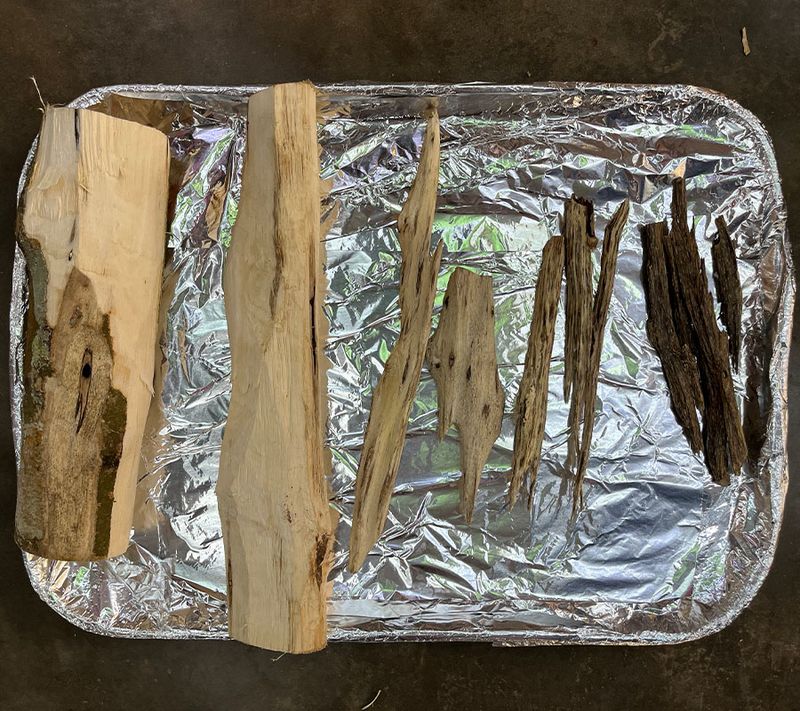
Interestingly, every kilo of oudh, when distilled, gives 1 ml of oil, making it the most precious and expensive raw material and nothing goes to waste. Abdulla continues, “So, the fat that is left over is now in the industry for boya that smells rancid and pukish. Oudh oil is 86 per cent fatty acid. Until 2000, it used to be thrown away, and then my father decided to create a fragrance out of it, which has now become a global standard for pure oudh oil perfume EDP. All the international brands use it as a benchmark for pure oudh oil, which is very animalic, rancid and also has a sweetness to it. Some find it floral too.” The perfume baron stresses how even the base of agarbatti is agar, and it’s a tree that is used throughout its supply chain.
The craft of perfume-making

Ajmal is not just about fragrances, it's more than just a pretty scent — it’s an indulgence. For Hojai, oudh is a way of life. From procuring agarwood from the plantations, which takes decades to grow, to being processed and distilled — the making of the finest oudh involves painstaking efforts by thousands of skilled labourers and heaps of patience.

Abdulla explains, “There are people who get the logs and pieces from the jungle, then the selected woods come to the processing unit. It’s chipped and finely scraped till they reach the resin. The oudh that burns the incense part is taken separately. The part they chip away also has oudh in it, but it’s not good enough to burn, as it smells like wart. But it’s the main base for your oil, where it's extracted from. So once the white bit is taken away from the darkened area, the densest part is not extracted.”
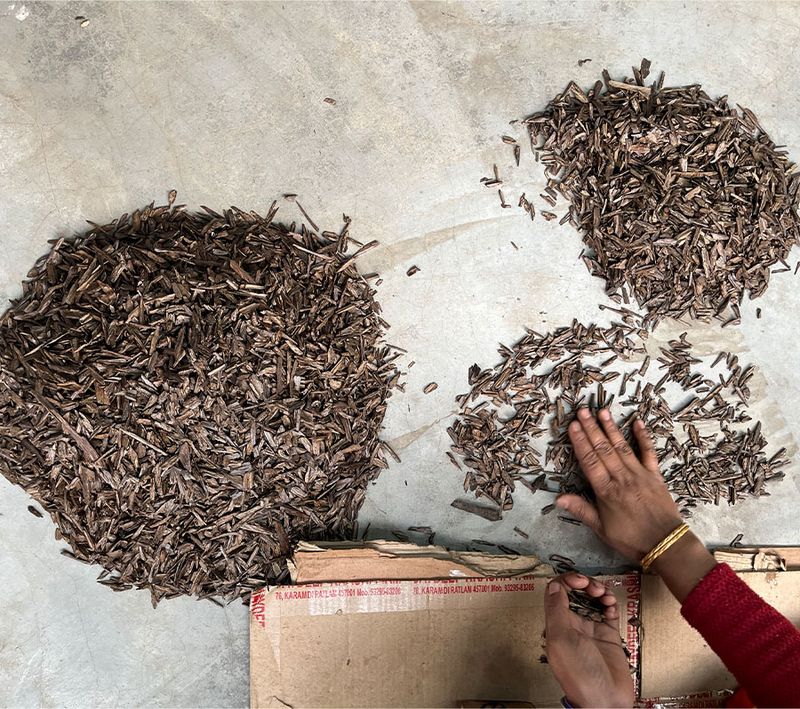
What makes Hojai’s oudh-producing industry more interesting are the time-consuming and labour-intensive traditional methods of whittling agarwood. It undergoes four different stages, ensuring the finest quality of oudh — either to burn for incense on a wooden, metallic or crystal madkhan or to be distilled into oil — the darker the resin, the finer it is. It doesn’t end there. The wood shavings are further used for making oil using hydro-distillation methods, which are eventually separated manually with meticulous care. The texture of the extracted essential oil is thick and resiny, and each fragrance differs depending on the quality of the resin. Some might be leathery, others may be fruity.
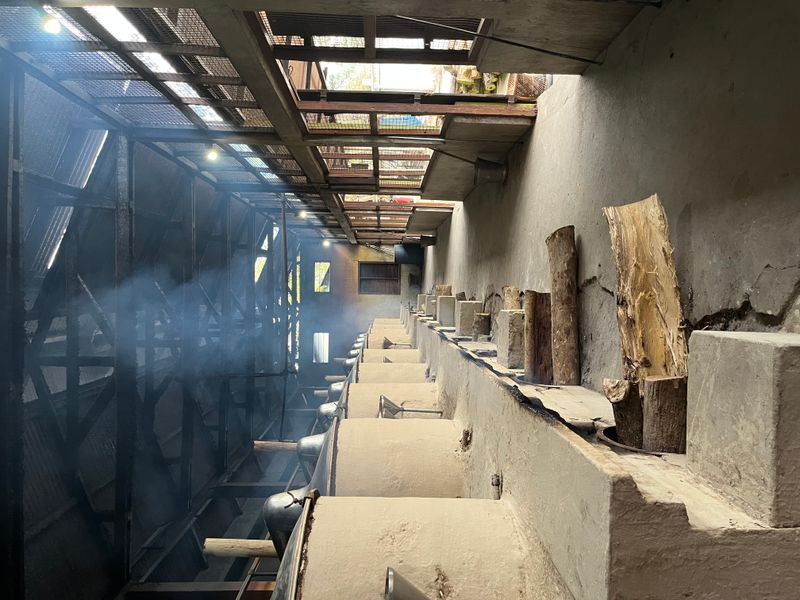
Elaborating on why they stick to ancient techniques for oudh extraction, Abdulla continues, “Oudh is one such industry which has not changed its process in over 100 years. I can guarantee you because of the kind of evolution and technological developments that yield the same fragrance. So the processing is still old-style, there are tools for carving and brushing away. It’s a very expensive commodity.”
A business built to empower women
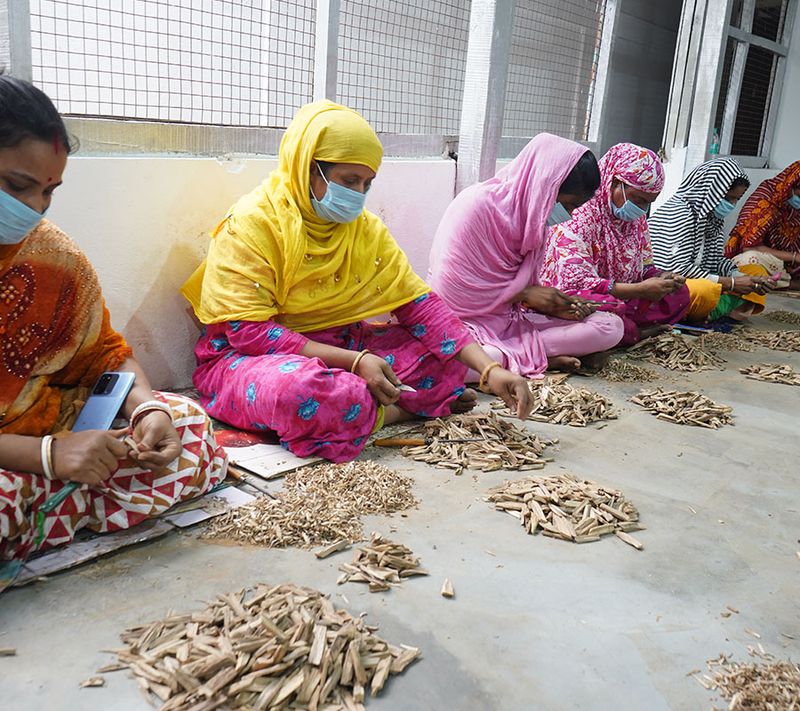
Ajmal is also about making a difference in people’s lives, especially women. It started with a strong woman behind the group, and continued the legacy of being strong. With about 150 women in the processing unit under training, it continues to encourage women in a male-dominated trade and helps them branch out as entrepreneurs eventually.
Abdulla recalls, “We believe we have sowed the seeds of dissent. My grandmother Maryam Ajmal was a huge force in building this, and so was my mother. In a patriarchal society, where men did everything, it was my grandmother who had the foresight in the ’40s and ’50s. If she didn't push the men, Ajmal wouldn’t have happened today. She would encourage women to work, she instructed my father, my uncles that they need to ensure vocational training for the women. It could be sewing, basket weaving, anything that they would be able to do to help sustain their families. At any given time, 50 per cent of my staff has to be women. Women perform far better than men, it is their zest to outdo.” So, when you ask Abdulla to describe oudh in a word, it comes as no surprise when he says, “My bloodline.”
Future of oudh
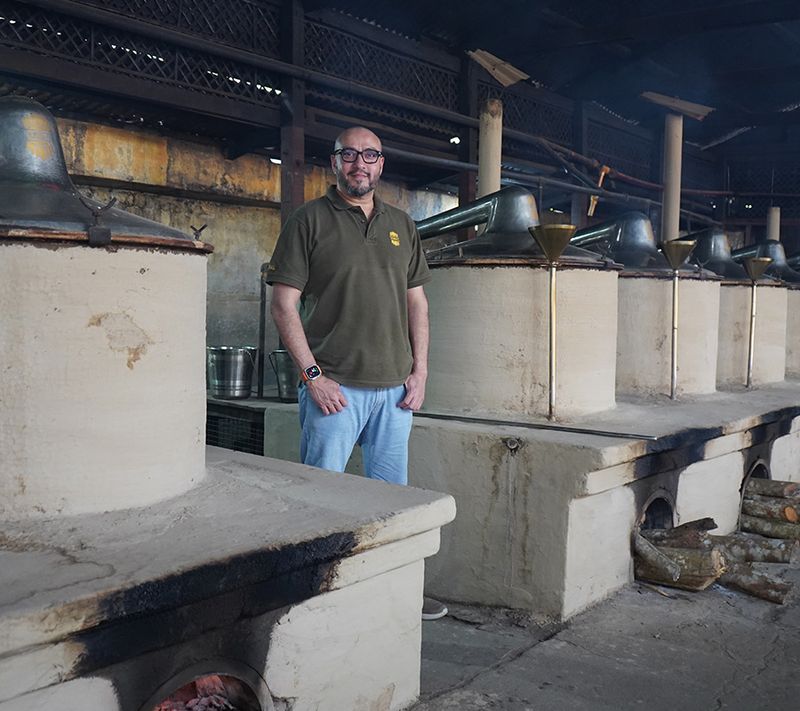
Today, a glut of synthetic materials with no relation to agarwood trees and counterfeit fragrances are on the rise, and it’s hard to find real oudh. With their organic ingredients and traditional methods, Ajmal has been instrumental in ensuring conscious practices within the fragrance industry and better buying choices for customers.
Perhaps because, as opposed to global nomenclature when the world says oudh, he feels, “They mean the oil of oudh which is present in the perfumes. When we say oudh, we refer to the wood itself. When we refer to oil, we say agar oil or oudh oil.”
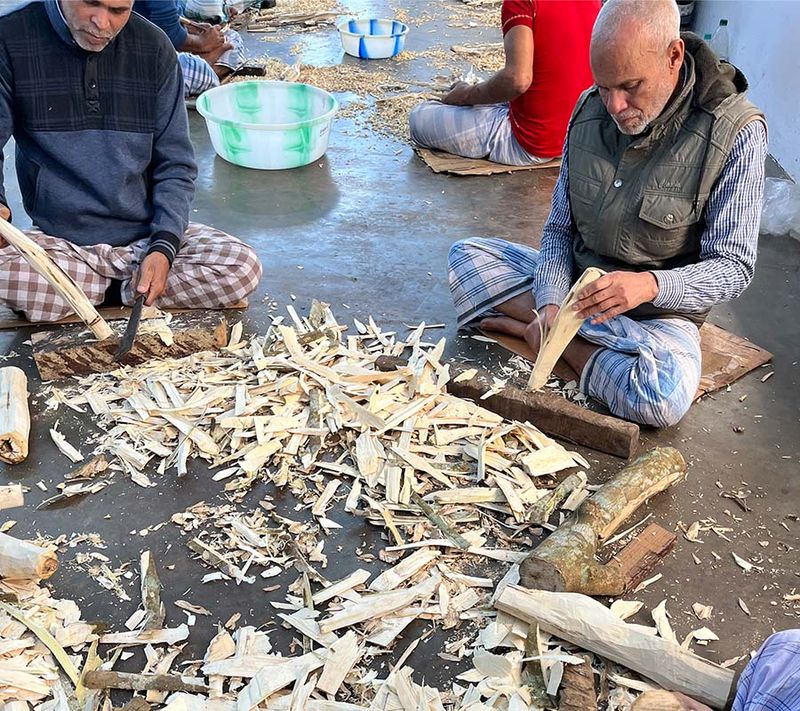
For him, the future of oudh lies with the people who are creating the concoction or the effect of oudh, keeping its essence and authenticity intact. The workers (both men and women) start as unskilled labour, and it takes a minimum of six to eight years to work their way up and reach a level where they not only whittle but are able to do the grading as well, which is done on the basis of the oil (enzyme) in it. “After 6-8 years, when the labourers become really good and can process a certain amount of oudh a day, then we take a few of them to Dubai. At some point, they also become entrepreneurs themselves,” concludes Abdulla.


